Biology Systems and Processes: Photosynthesis, Respiration, Homeostasis
1/81
There's no tags or description
Looks like no tags are added yet.
Name | Mastery | Learn | Test | Matching | Spaced |
|---|
No study sessions yet.
82 Terms
ATP
Adenosine Triphosphate
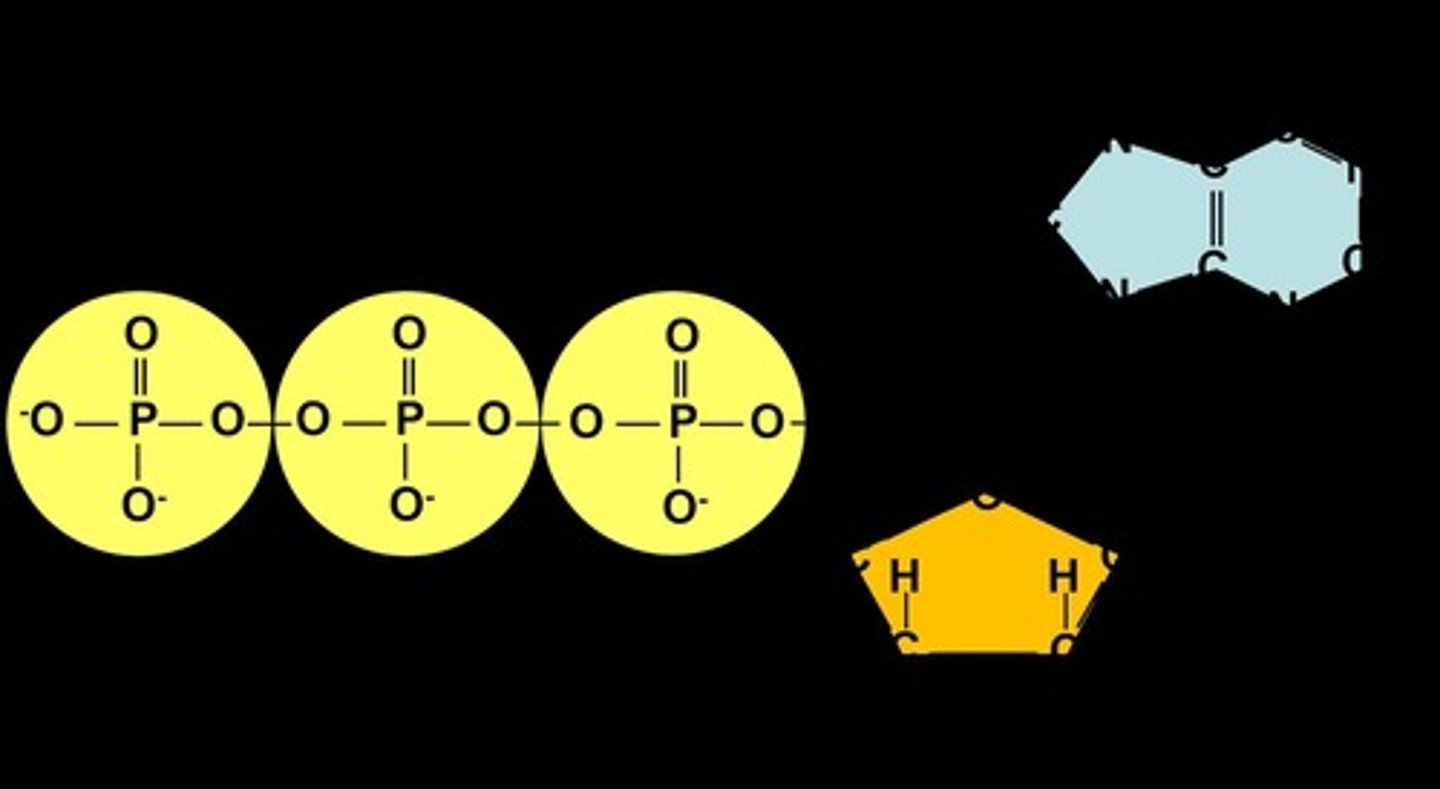
Carbon Dioxide
Gas molecule containing one carbon and two oxygens
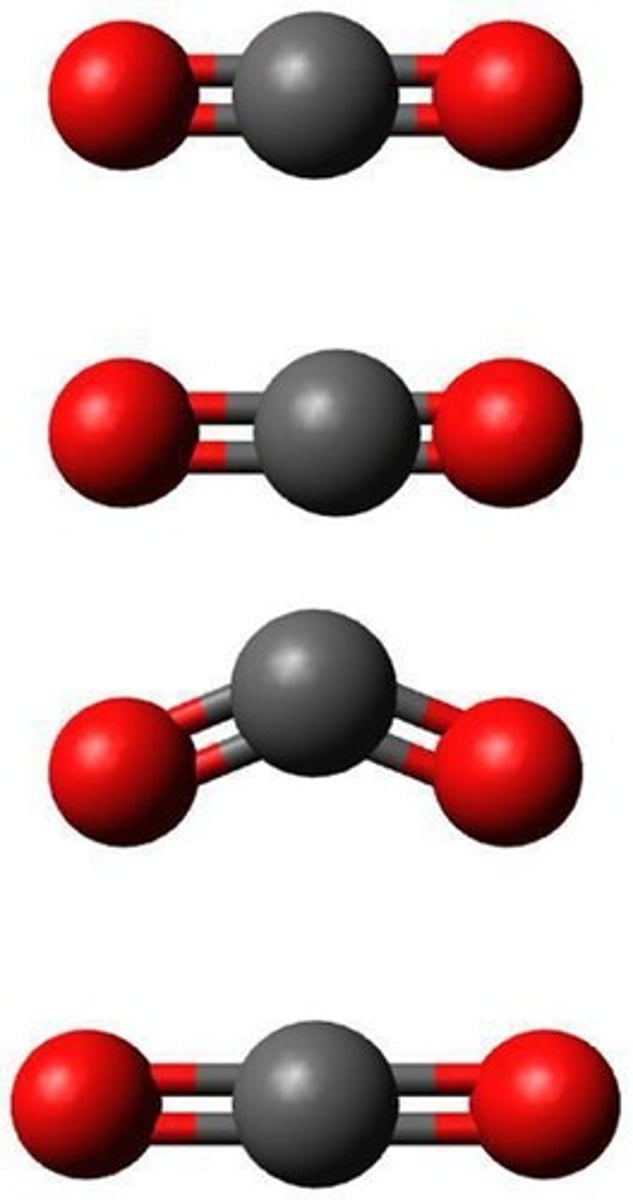
Cellular Respiration
Process of converting glucose into ATP
Circulatory System
Body system responsible for transport of nutrients and waste
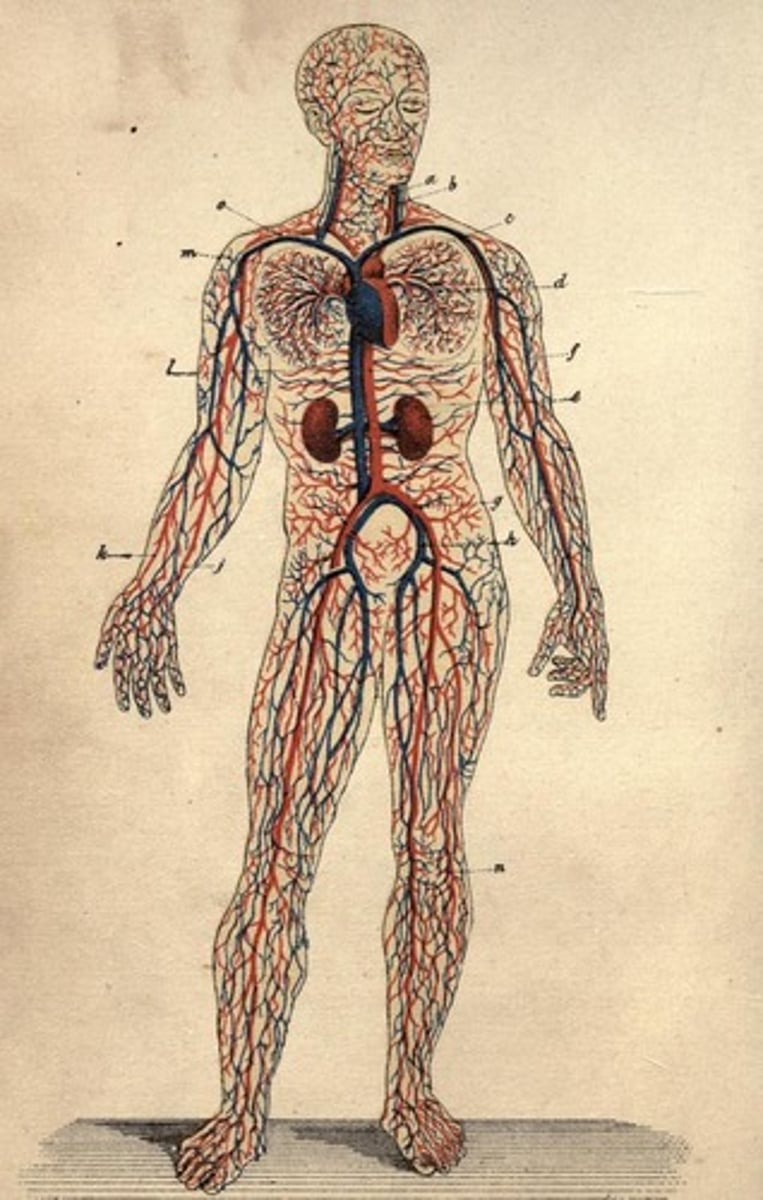
Diffusion
Movement of substances based on concentration
Dynamic Equilibrium
Maintaining overall balance
Excretory System
System responsible for water balance
Feedback Loop
Response to a stimulus that attempts to return a system to normal
Gas Exchange
Inhaling oxygen and exhaling carbon dioxide
Glucose
Sugar
Homeostasis
The maintenance of stable internal conditions
Hypertonic
A solution with a higher concentration of solutes compared to another solution
Hypotonic
A solution with a lower concentration of solutes compared to another solution
Isotonic
A solution with an equal concentration of solutes compared to another solution
Metabolic Process
Biochemical reactions that occur within a living organism
Mitochondria
Organelles that produce ATP through cellular respiration
Nervous System
System responsible for transmitting signals between different parts of the body
Osmoregulation
The process of maintaining water balance in the body
Osmosis
The diffusion of water across a selectively permeable membrane
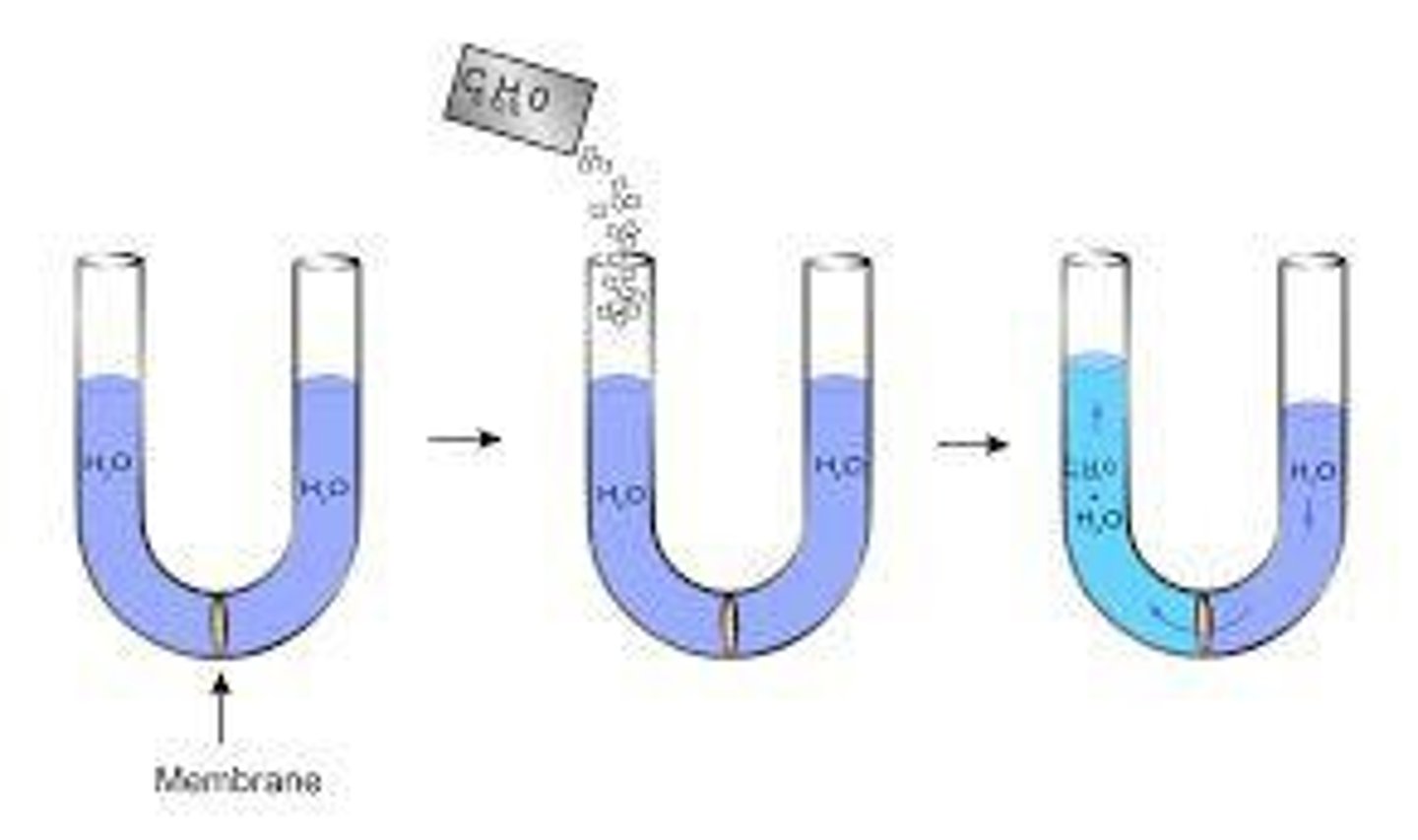
Oxygen
A gas essential for cellular respiration
Respiratory System
System responsible for the exchange of gases in the body
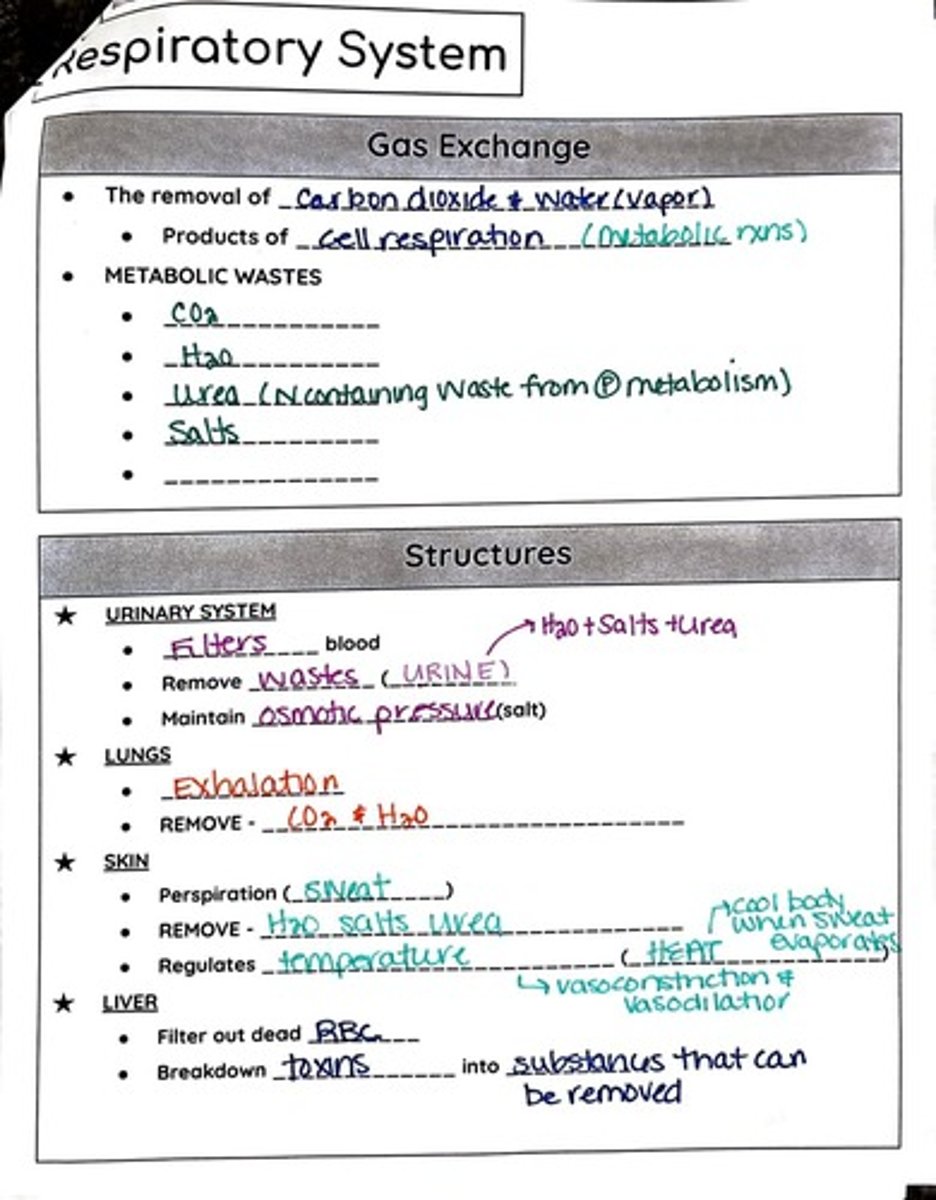
Thermoregulation
The process of maintaining an optimal body temperature
Aerobic Cellular Respiration
A chemical process whereby the bonds of food molecules and oxygen molecules are broken and the bonds in new compounds are formed resulting in a net transfer of energy.
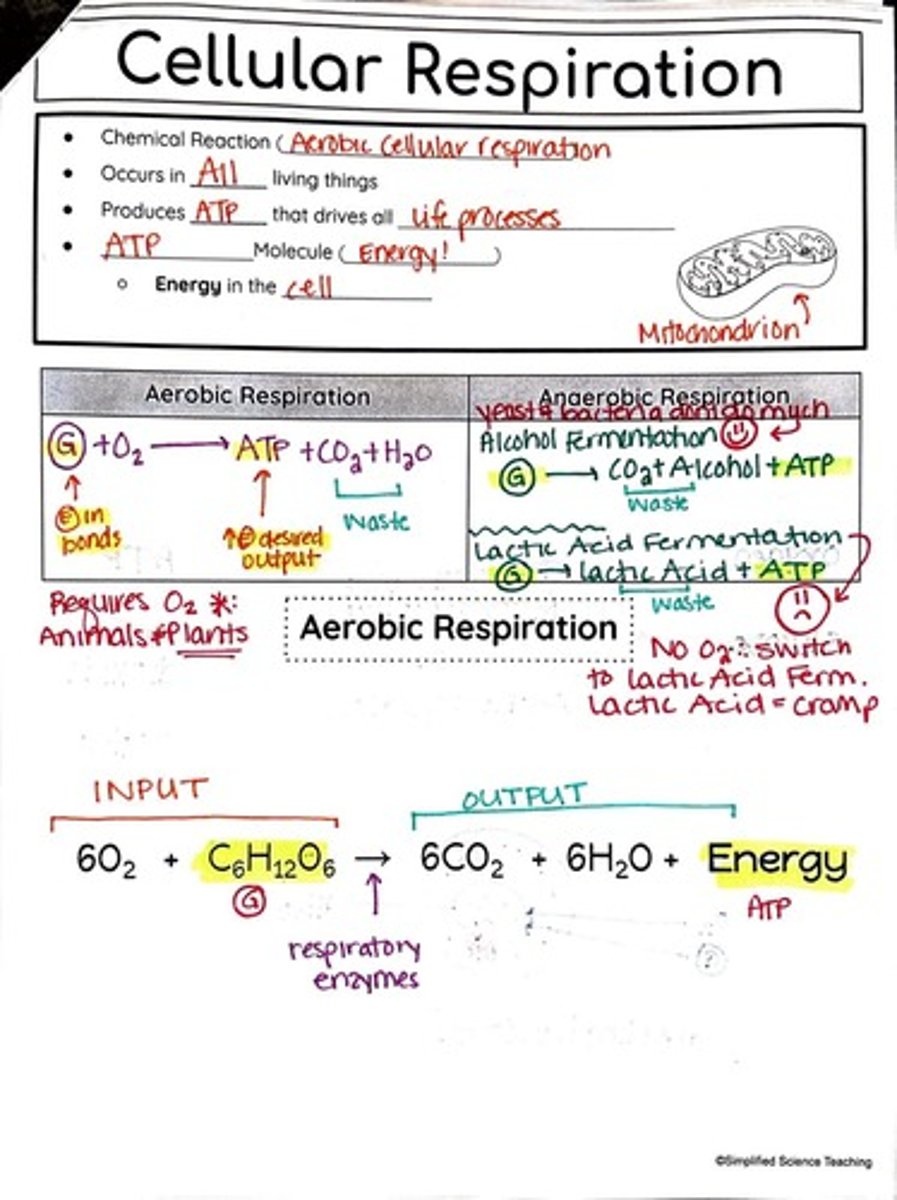
Anaerobic Respiration
A type of respiration that occurs without oxygen, often resulting in fermentation.
Autotroph
An organism that makes its own food through processes like photosynthesis.
Heterotroph
An organism that obtains food by ingestion and absorption, such as animals and fungi.
Photosynthesis
The process by which green plants and some other organisms use sunlight to synthesize foods with the help of chlorophyll.
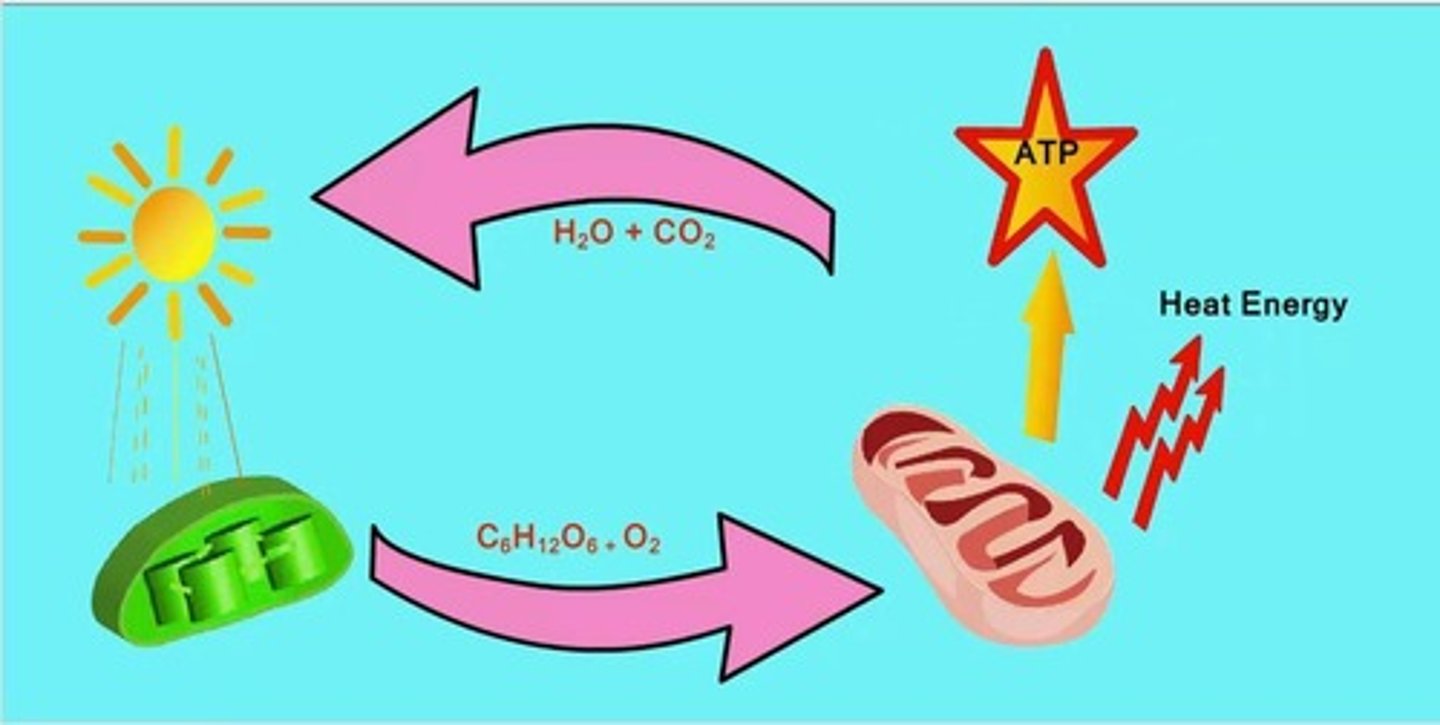
Excretion
The process of removing metabolic wastes from the body, such as sweat, urine, and exhaled gases.
Metabolism
The set of life-sustaining chemical reactions in organisms that includes both anabolism and catabolism.
Mitosis
A process of cell division that results in two genetically identical daughter cells.
Assimilation
The process by which nutrients are incorporated into the living organism's tissues.
Growth
An increase in size or number of cells in an organism.
Regulation
The process of coordinating and controlling all life processes within an organism.
Reproduction
The biological process by which new individual organisms are produced.
Asexual Reproduction
A type of reproduction involving one parent, resulting in genetically identical offspring.
Sexual Reproduction
A type of reproduction involving two parents, resulting in genetically varied offspring.
Transport
The movement of substances around the cell and organism.
Nucleus
The part of the cell that contains DNA and controls cell activities.
Cytoplasm
The site of chemical reactions within the cell.
Cell Membrane
A semipermeable barrier that regulates what enters and leaves the cell.
Cell Wall
A structure that provides support and protection to plant cells.
Organelle
A specialized structure within a cell that performs a specific function.
Model Organism
An organism suitable for studying a specific trait, disease, or phenomenon.
Requirements for Model Organism
1) Observable traits; 2) Manageable in a laboratory setting.
Aerobic Respiration
A type of cellular respiration that requires oxygen and produces ATP.
Alcohol Fermentation
A process where yeast converts sugars into alcohol and ATP in the absence of oxygen.
Lactic Acid Fermentation
A process where glucose is converted into lactic acid and ATP without oxygen.
Inputs of Cellular Respiration
Oxygen and glucose are the main inputs for cellular respiration.
Outputs of Cellular Respiration
ATP, carbon dioxide, and water are the main outputs of cellular respiration.
Metabolic Wastes
Products of metabolism that need to be removed from the body, such as carbon dioxide and urea.
Urinary System
The system that filters blood to remove wastes and maintain osmotic pressure.
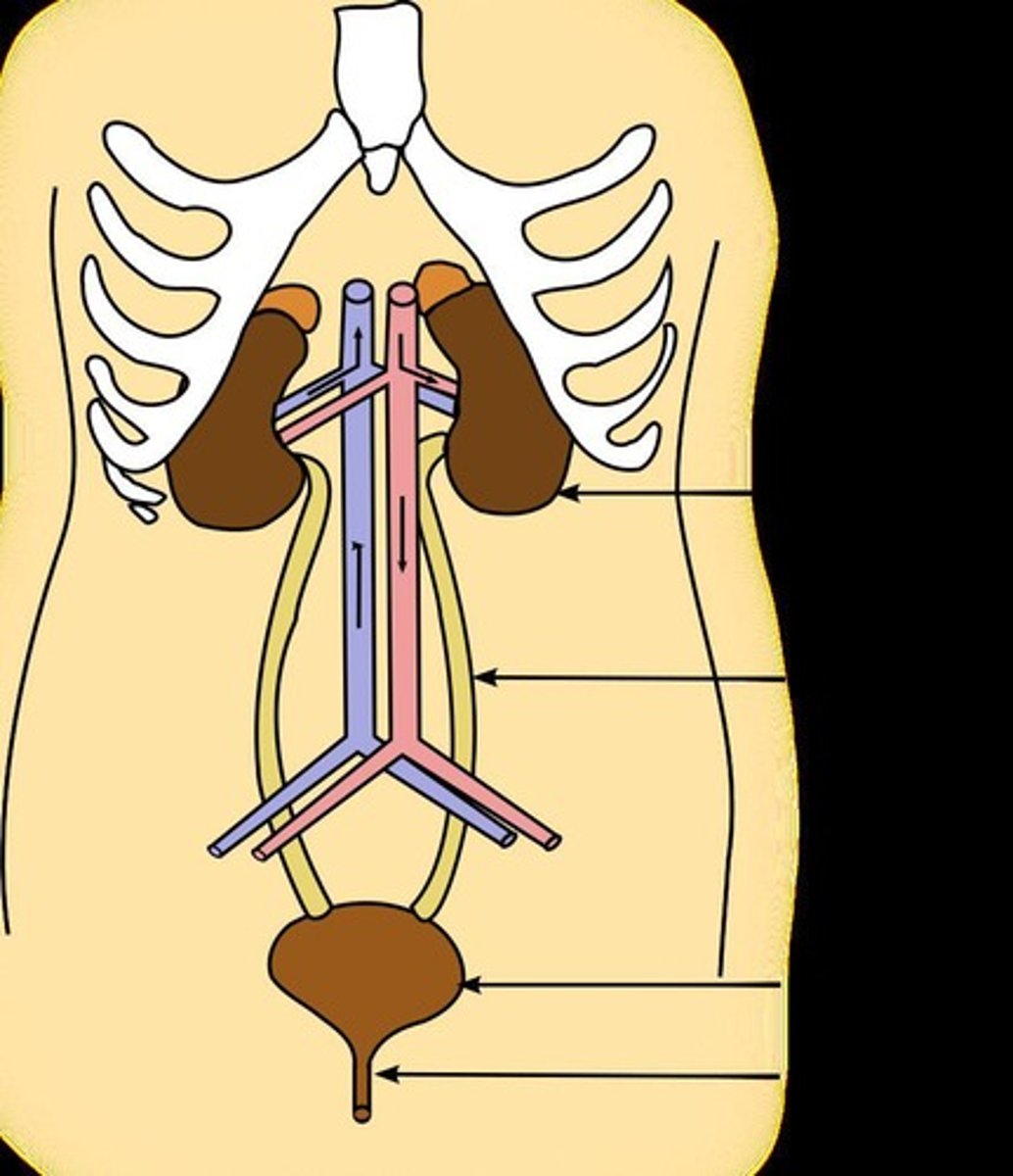
Exhalation
The process of breathing out carbon dioxide and water vapor.
Vasoconstriction
The narrowing of blood vessels to reduce blood flow.
Vasodilation
The widening of blood vessels to increase blood flow.
Osmotic Pressure
The pressure required to prevent the flow of water across a semipermeable membrane.
Mitochondrion
An organelle in cells where aerobic respiration occurs.
Research Question
A question that guides scientific investigation, such as how sugar affects yeast respiration.
What is the primary function of chloroplasts in plant cells?
Chloroplasts are responsible for photosynthesis, converting carbon dioxide and water into glucose and oxygen using light energy.
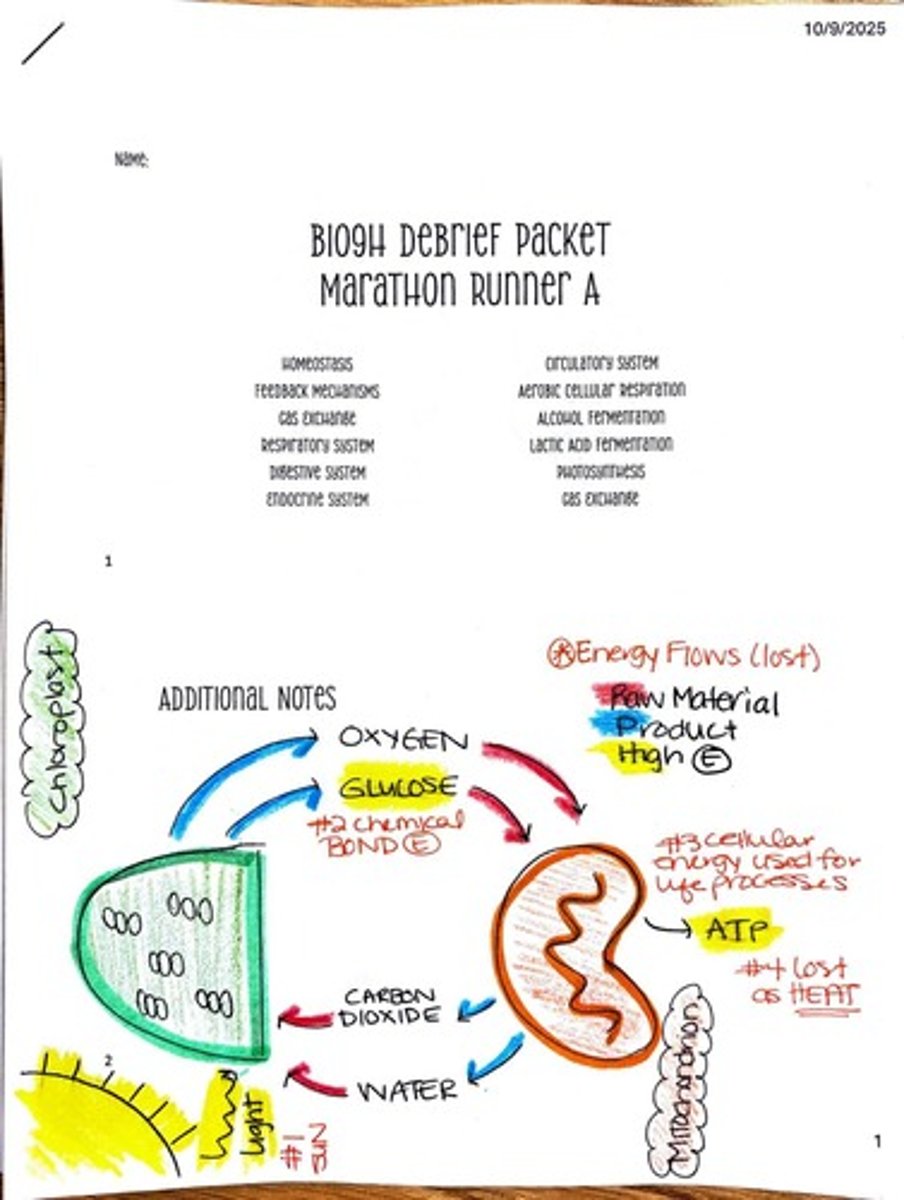
What is homeostasis?
Homeostasis is the process by which biological systems maintain stability while adjusting to changing external conditions.
What is the role of the respiratory system?
The respiratory system facilitates gas exchange, allowing oxygen to enter the bloodstream and carbon dioxide to be expelled.
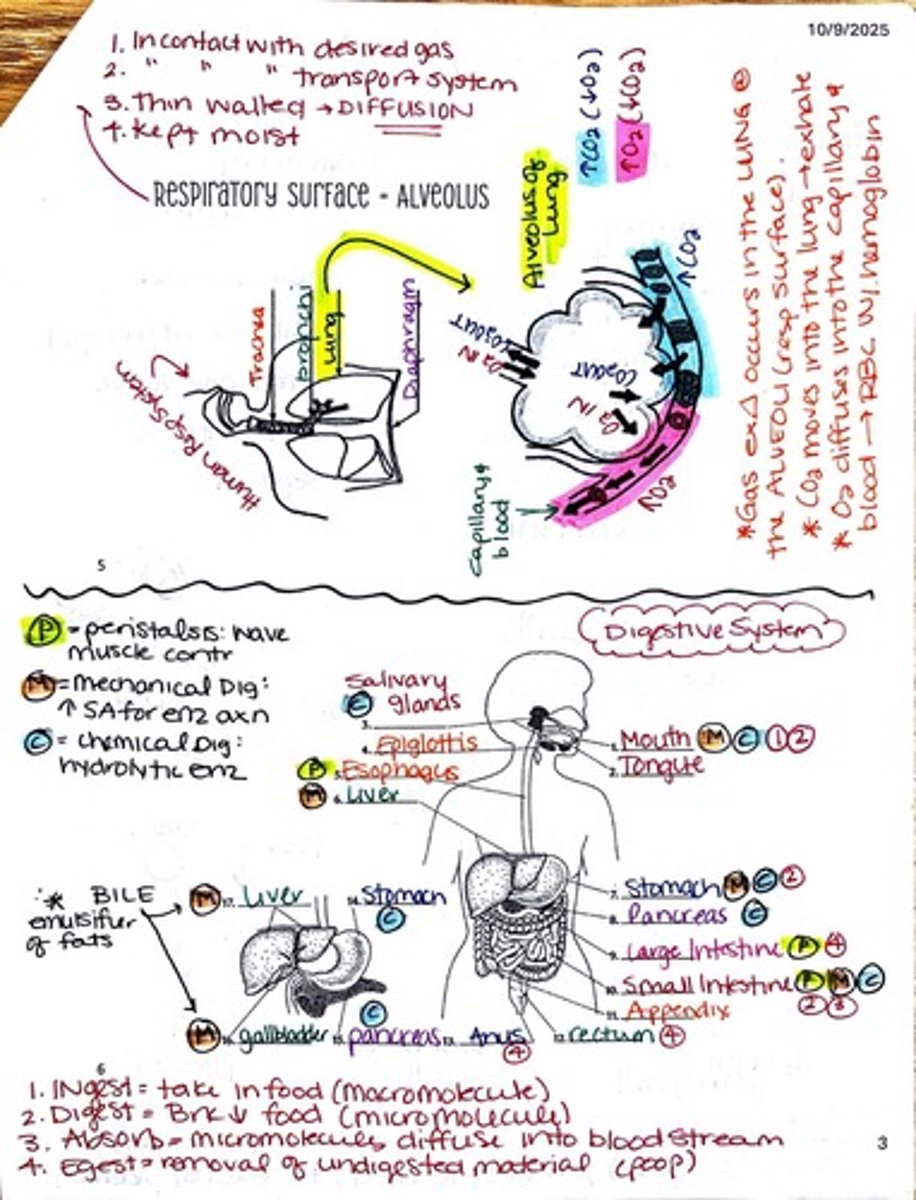
What is the function of the digestive system?
The digestive system breaks down food into macromolecules, absorbs nutrients into the bloodstream, and eliminates waste.
What is aerobic cellular respiration?
Aerobic cellular respiration is the process by which cells convert glucose and oxygen into ATP, carbon dioxide, and water.
What is fermentation?
Fermentation is an anaerobic process that converts glucose into energy, producing byproducts like lactic acid or alcohol.
What is the significance of the alveoli in the respiratory system?
Alveoli are tiny air sacs in the lungs where gas exchange occurs, allowing oxygen to diffuse into the blood and carbon dioxide to diffuse out.
What are the main components of the circulatory system?
The circulatory system consists of the heart, blood vessels, and blood, which transport nutrients, gases, hormones, and waste products throughout the body.
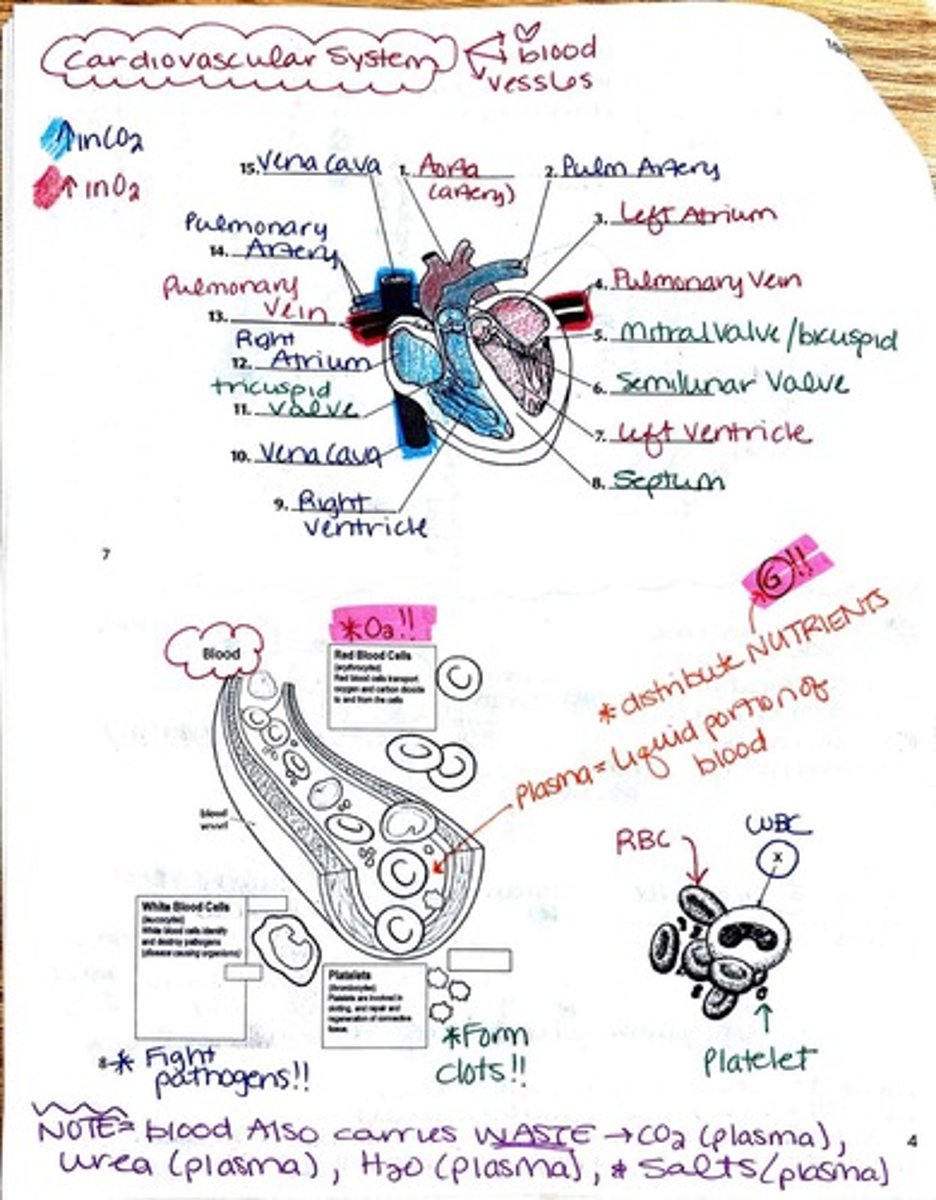
What is the function of insulin in blood sugar regulation?
Insulin is a hormone that lowers blood sugar levels by facilitating the uptake of glucose into cells.

What is the role of glucagon in blood sugar regulation?
Glucagon is a hormone that raises blood sugar levels by promoting the breakdown of glycogen into glucose in the liver.
What is the function of ribosomes in cells?
Ribosomes are the sites of protein synthesis, where amino acids are assembled into proteins based on genetic instructions.

What is the fluid mosaic model?
The fluid mosaic model describes the structure of cell membranes as a flexible layer of phospholipids with embedded proteins that move laterally.
What is the role of guard cells in plants?
Guard cells regulate the opening and closing of stomata to control gas exchange and water loss in plants.

What is the process of diffusion?
Diffusion is the movement of molecules from an area of higher concentration to an area of lower concentration.
What is the primary purpose of the endocrine system?
The endocrine system regulates bodily functions through the release of hormones into the bloodstream, affecting target cells.
What is the role of mitochondria in cells?
Mitochondria are the powerhouses of the cell, generating ATP through aerobic respiration.
What is the significance of the small intestine in digestion?
The small intestine is the primary site for nutrient absorption, where digested macromolecules enter the bloodstream.
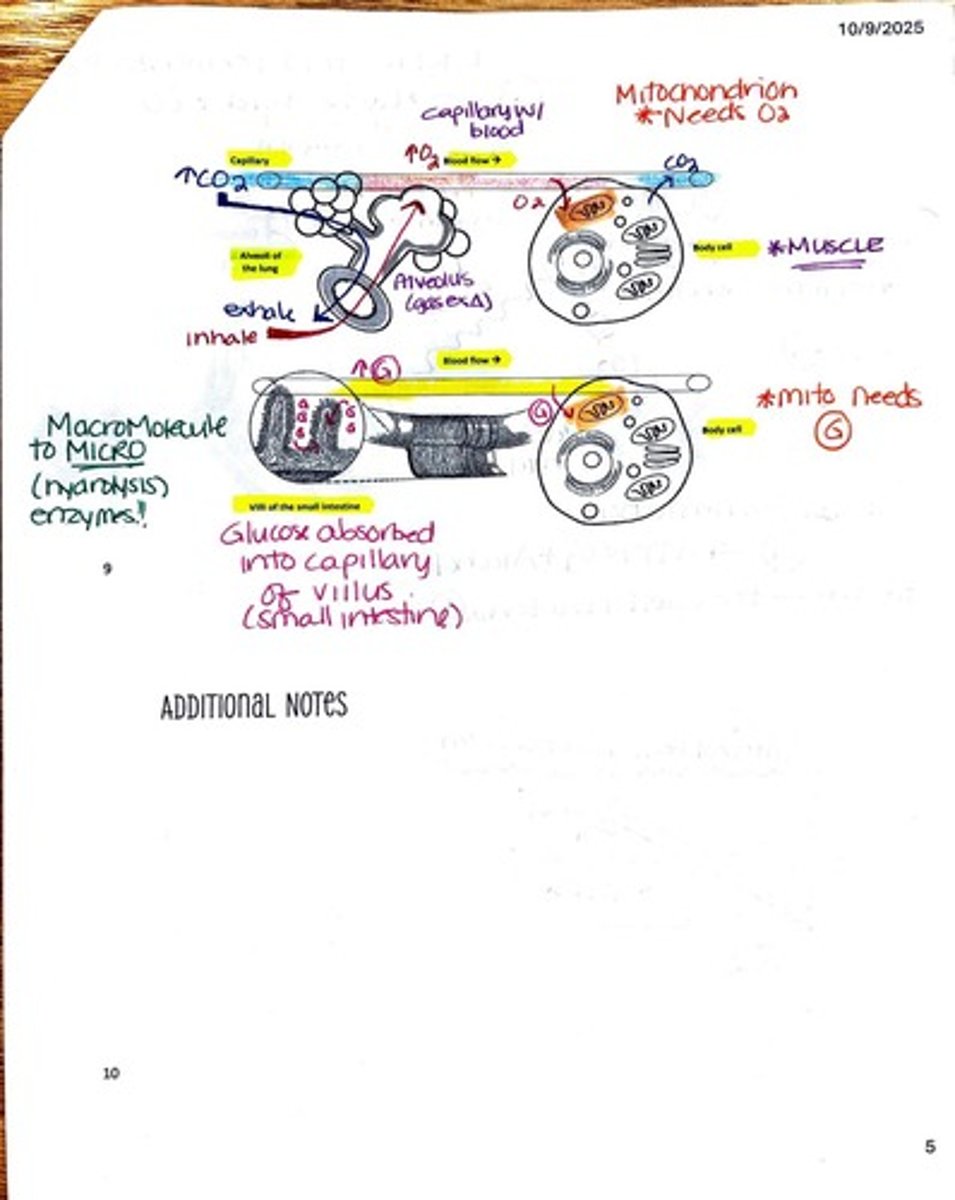
What is the function of platelets in the blood?
Platelets are involved in blood clotting and the repair of damaged blood vessels.
What is the role of the liver in glucose metabolism?
The liver stores glycogen and regulates blood sugar levels by converting glycogen back into glucose when needed.
What is the function of the diaphragm in respiration?
The diaphragm is a muscle that contracts and relaxes to facilitate breathing by changing the volume of the thoracic cavity.
What is the process of peristalsis?
Peristalsis is the wave-like muscle contractions that move food through the digestive tract.
What is the primary role of red blood cells?
Red blood cells transport oxygen from the lungs to the body's tissues and carry carbon dioxide back to the lungs.
What is the role of the xylem in plants?
Xylem transports water and dissolved minerals from the roots to the leaves.
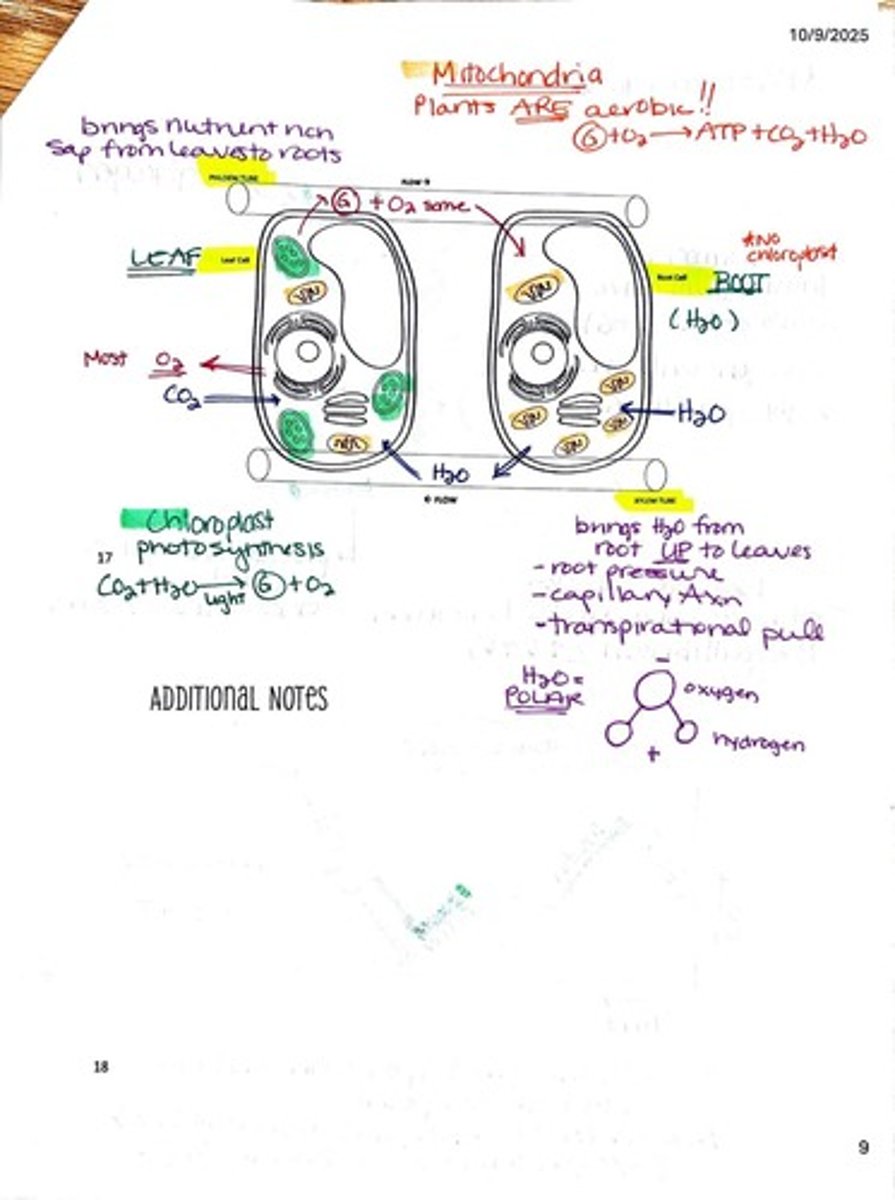
What is the role of phloem in plants?
Phloem transports sugars and nutrients produced during photosynthesis from the leaves to other parts of the plant.
What is the significance of the Calvin Cycle in photosynthesis?
The Calvin Cycle is the set of chemical reactions that occur in the chloroplasts, converting carbon dioxide into glucose using ATP and NADPH.